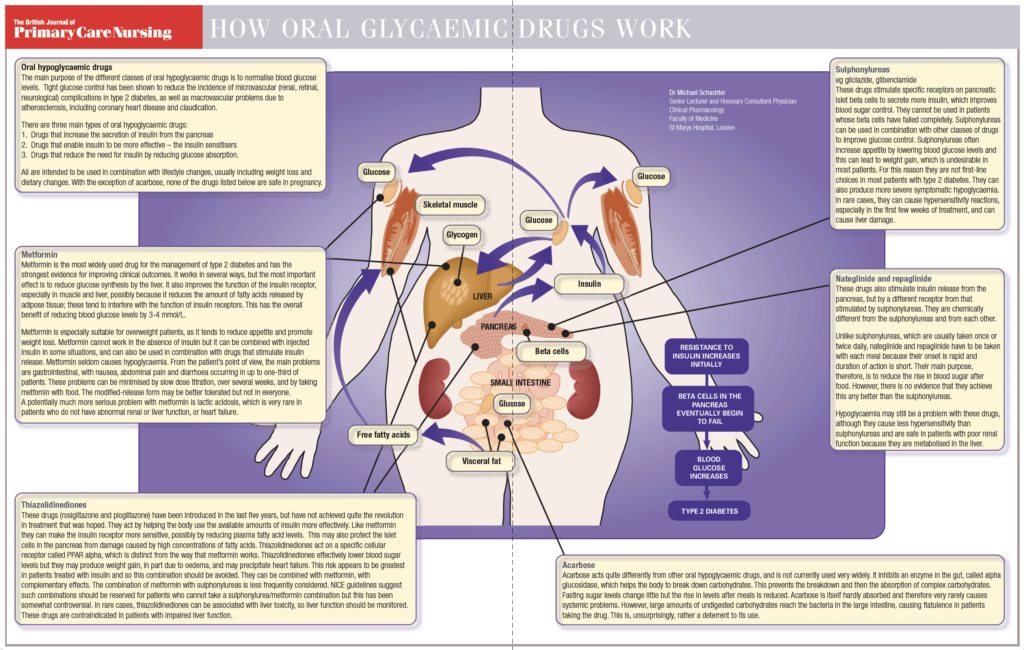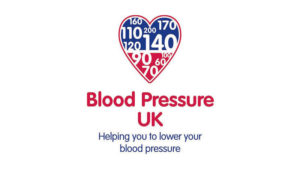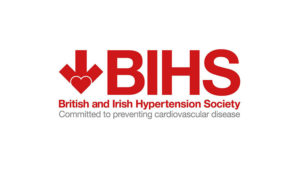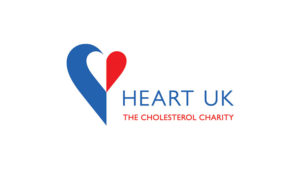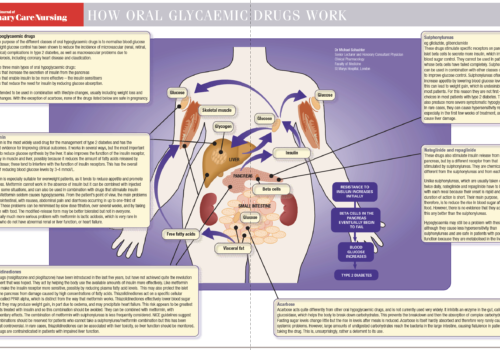
Aspirin in Cardiovascular Disease: the Pros and Cons
Aspirin is the most widely used long-term antiplatelet therapy, achieving benefits in patients with a range of cardiovascular conditions by blocking one of the blood clotting pathways. It is cheap and relatively safe, despite the possible risks of gastric irritation or bleeding. In this article, we explore what we know about aspirin, together with its pros and cons in patients with cardiovascular disease.
Facing up to the Challenge of Childhood Obesity
In a recent report on childhood obesity, the British Medical Association described the significant increase in levels of childhood obesity as a ’cause for great concern’ and stated that healthcare professionals have a pivotal role to play in tackling this epidemic. It is estimated that there are now approximately 1 million obese children under the age of 16 in the UK and numbers are increasing annually. In this article, we review the impact of this growing epidemic, the underlying causes and how healthcare professionals can help.
Making Sense of Practice-Based Commissioning
Practice-based commissioning – in which practices commission care directly – will be universal by December 2006. This means that it is no longer an option for practices to commission the care they need for their patients. We must either get involved and take control of this opportunity or allow someone else to do it for us. This may be our last chance to remain independent and to manage our practices rather than being managed by others. In this article, we look at what practice commissioning will involve and how it will affect practices and PCTs.
Scoring QOF points for diabetes
IIn this, the fifth article in our series on the Quality and Outcomes Framework (QOF), we review how to score top points for diabetes. This is an area that has been managed almost wholly in Primary Care for many years. Virtually all practices now have a diabetes clinic, which generally has extensive nurse involvement – with many being nurse-led. Practices are doing extremely well in this area and many are achieving a very high percentage of points. Figures for practices in England showed that on average they scored 93.2% of the QOF points for diabetes. This article offers some pointers on how to keep up the good work.
Going for gold: reducing cardiovascular risk with physical activity
Physical activity reduces the risk of developing heart disease and lowers the risk of death and further events in patients with cardiovascular conditions. This article reviews the benefits of exercise and shares some of the strategies our team uses to help patients with heart disease increase their levels of physical activity and keep active after they have completed phase 3 cardiac rehabilitation.
Editorial
All in all, it’s been a good year for primary care in the UK. Results from the first year of the Quality and Outcomes Framework (QOF) showed practices have performed much better than anyone expected in terms of delivering very high quality care. BJPCN is designed to help you keep hitting the challenging targets practice teams will be aiming for in the year ahead.
Which antihypertensives are best? Making sense of the ASCOT study
Newer’ antihypertensive therapy reduces cardiovascular events compared to ‘older’ drugs, according to the recently published Anglo-Scandinavian Cardiac Outcomes Trial – Blood Pressure Lowering Arm (ASCOT-BPLA). The results showed that antihypertensive therapy based on the calcium channel blocker amlodipine, with the ACE inhibitor perindopril added as required, reduced cardiovascular events compared with treatment based on the beta-blocker atenolol. In this article, we review what the findings mean for primary care management of high blood pressure and put them in perspective.
Back to Basics: Aspirin in CVD prevention
Faddy diets: fact or fiction?
An estimated two-thirds of the population are thinking about, or trying to lose weight at any time. To meet this demand, there is a growing range of commercial and ‘fad’ diets available but, unfortunately, very little research to indicate what works and what doesn’t. This article looks at some of the more popular fad and commercial diets you may be asked about in clinic, giving you the information you need to have a discussion about the pros and cons of different weight loss methods with your patients, to help them lose weight and keep it off. The key finding seems to be – if it sounds too good to be true, it probably is!
Venous leg ulcers
Chronic leg ulcers are a major health problem in the UK, affecting many older people and costing the NHS up to £600 million per year. Chronic leg ulcers are generally managed in primary care: more than 80% of chronic leg ulcers are cared for in the community. Healing rates are currently low and recurrence rates are higher than 67%. However, appropriate use of available treatments can reduce recurrence rates to between 20% and 30%. In this article, we review the causes of venous ulceration, how to spot the problem early and how to optimise leg ulcer healing.
Editorial
Welcome to this issue of the journal, with holidays a distant memory and the ‘back to work’ feeling which September brings. A little like January, September is a time of year associated with starting again, perhaps because we remember returning to school for the new academic year. BJPCN provides key information to help you negotiate your way successfully through the latest ‘timetable’ for general practice, ensuring that you are in the right place at the right time.

